Doll’s Eye Facts
- Most notably, the Doll’s Eye remains a highly unique and rather distinctive species, to say the least. It also remains a flowering plant, endemic to only a few of the eastern regions of the continent it evolved on.
- Furthermore, this incredibly fascinating plant evolved as closely related to the baneberry. In addition, it typically typically blooms during the period lasting from early May to mid-June.
- The remarkable herbaceous species also generally grows in remote areas and extremely rugged terrain. Quite unfortunately, this tendency usually makes it rather difficult for researchers to locate. Therefore, due to insufficient data, the IUCN has no listing for it.
- Finally, the unusual common name derives directly from the highly distinctive, and to many, unforgettable, physical appearance of the multiple small fruits. Many find these to look like the eyes of dolls, thus the term.
Related Articles
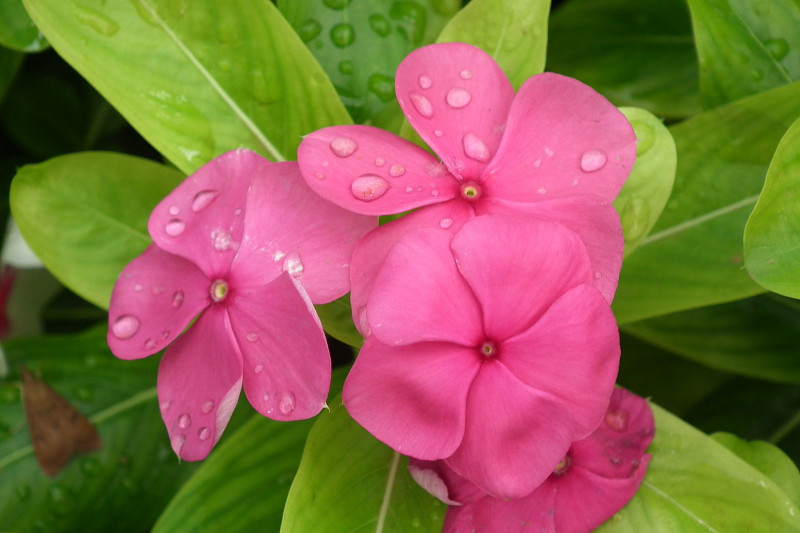
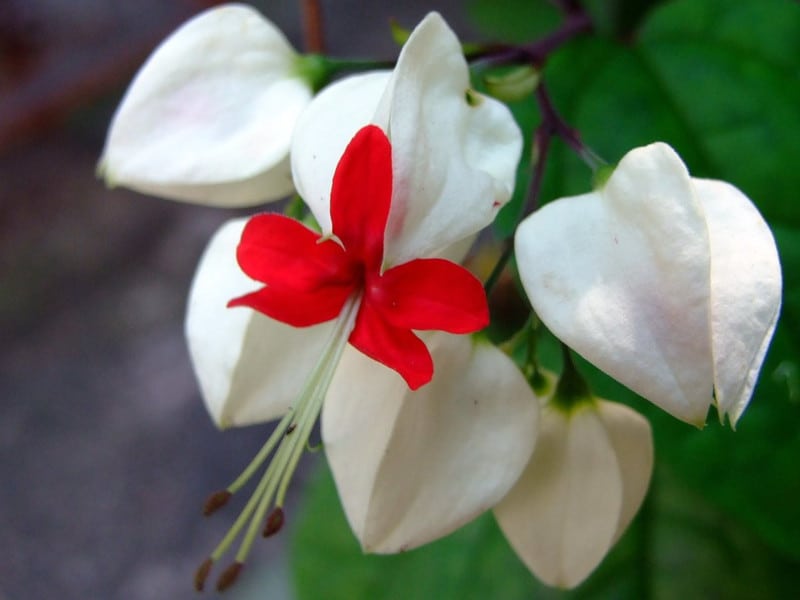

Doll’s Eye Physical Description
First of all, the Doll’s Eye developed as a herbaceous perennial species, regardless of its astonishing appearance. However, despite its impressive appearance, it nonetheless ranks as only a moderate-sized plant, compared to related species.
That holds true because typical individuals of this remarkable small species only measure about 24 in (61 cm) in height. Furthermore, the width of each individual averages around 36 in (91 cm). This represents a rather common ratio.
Also, the leaves generally appear rather broad, being almost as wide as long. Additionally, the flowers develop small and white in color. These rarely grow to more than 0.2 in (5 m) in length. But, it’s the berries that give the plant its uniquely distinctive appearance.
- Kingdom: Plantae
- Phylum: Angiosperms
- Class: Eudicots
- Order: Ranunculales
- Family: Ranunculaceae
- Genus: Actaea
- Species: A. pachypoda
Doll’s Eye Distribution, Habitat, and Ecology
Firstly, the Doll’s Eye appears mainly in the southern portions of the United States, in North America. The fascinating plant usually develops in rather dense forests. It also seems to prefer the indirect light typical of such settings.
Furthermore, it generally appears in comparatively coarse soil or even clay. It also thrives in the densest sections of forests. Yet, it does not display a particular preference for forest types, living in both hardwood and mixed forest types.
It also evolved as a moderately toxic plant. The entire plant remains poisonous to humans. Birds, however, appear to be immune to the toxins. As a result, many species of native birds actually thrive on the plant.
However, the greatest concentration of toxin appears to be contained within the unique looking berries. In a relatively common development, these slowly ripen during the summer, growing steadily more toxic over time.
Finally, the toxins of the Doll’s Eye are cardiogenic in nature. The chemicals they contain have an almost immediate sedating effect upon the muscles of the human heart. If consumed in sufficient quantity, the effect can be fatal.
Species Sharing Its Range

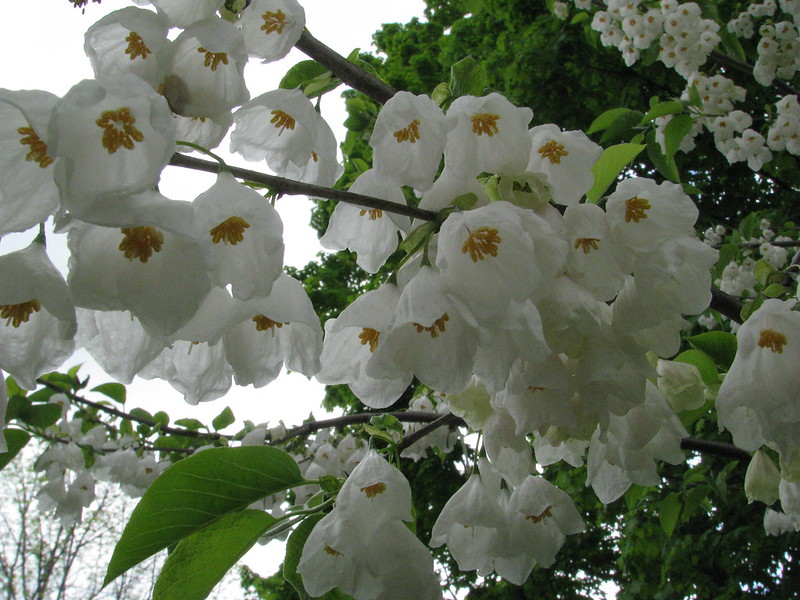
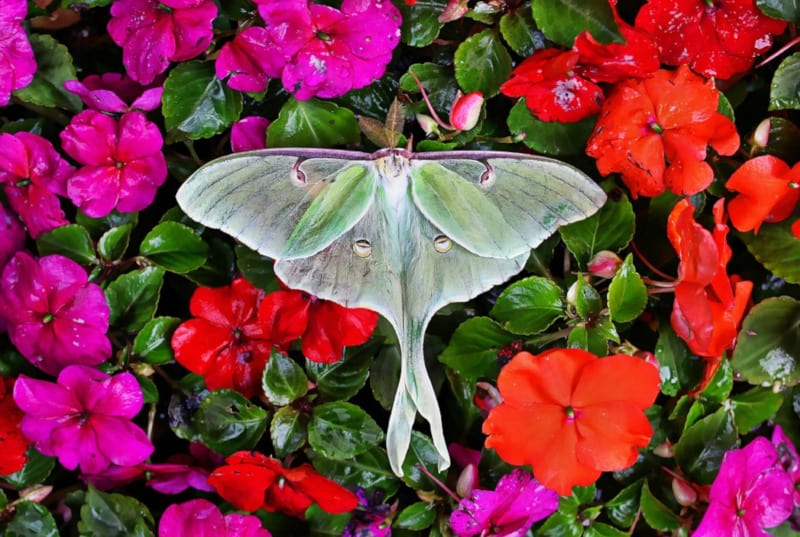
Check out our other articles 5 Rare Mind-Blowing Cloud Types, Wax Currant, Whitehaven Beach, Green Anaconda, Bleeding Tooth Fungus, Giant Huntsman Spider, Oilbird, Maned Wolf
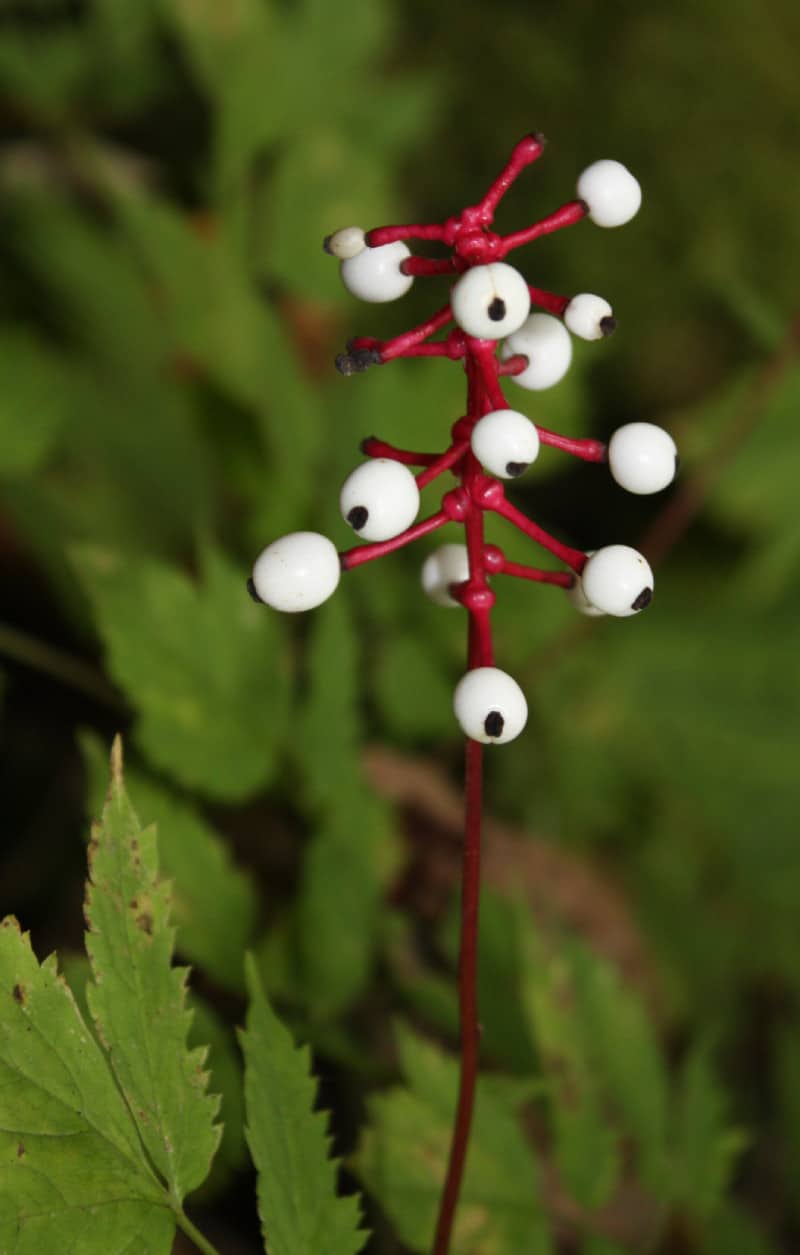
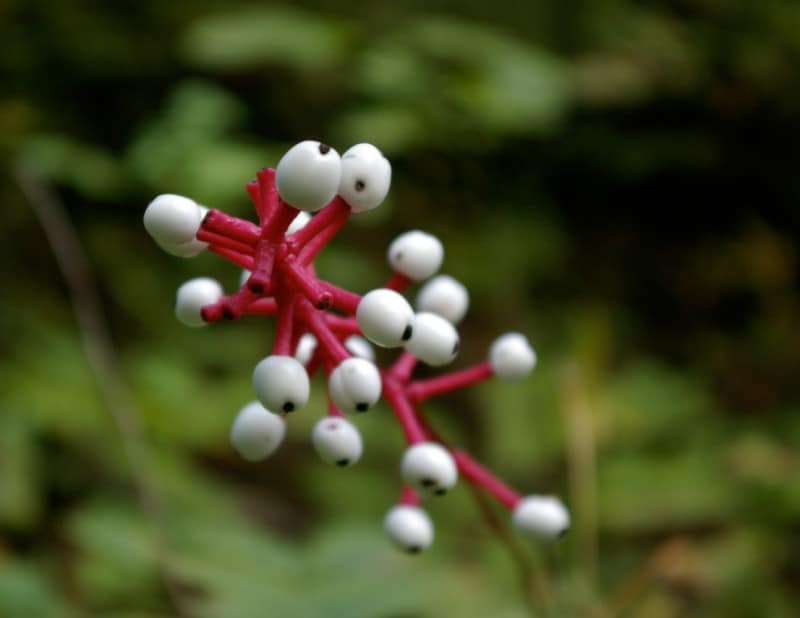
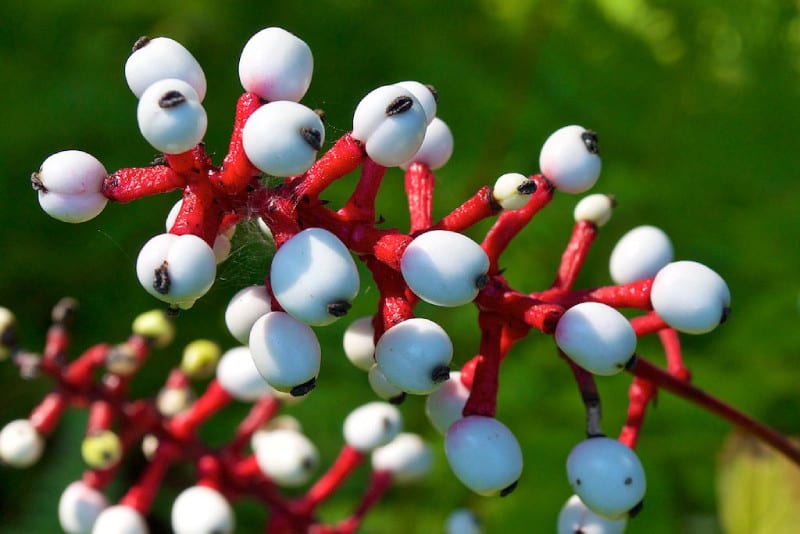









Leave a Reply